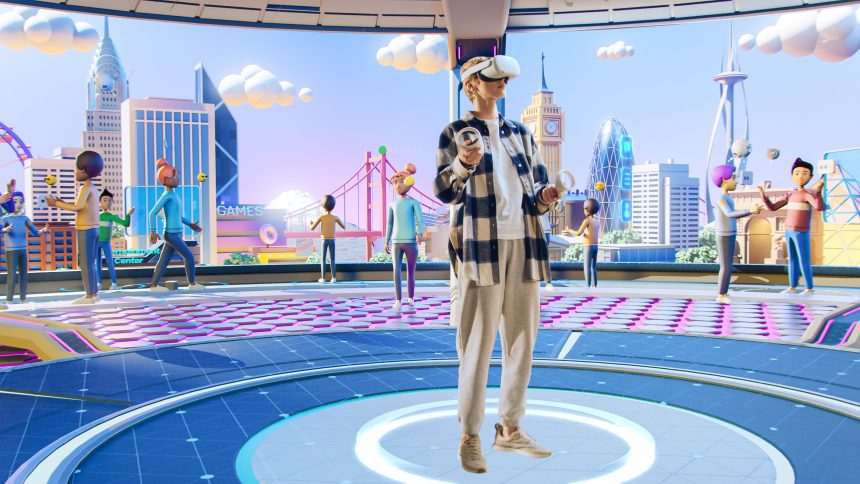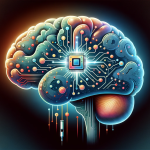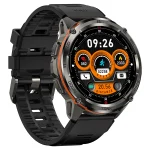In the ever-accelerating voyage of technological advancement, mixed reality (MR) stands as a vanguard of innovation, seamlessly weaving the threads of the digital and tangible worlds into a singular tapestry. This avant-garde domain, merging virtual elements with our physical reality, is not merely a leap in immersive technology but also a celebration of unbridled human creativity and exploration. As pioneers in this emergent field push beyond the known frontiers, the quest for an augmented mixed-reality experience takes on newfound urgency, propelled by aspirations to refine interactivity, amplify authenticity, and broaden the spectrum of applications.
The Present Landscape of Mixed Reality
Contemporary mixed reality platforms, exemplified by trailblazers like Microsoft’s HoloLens and Magic Leap, have begun to sketch the outlines of this technology’s transformative potential across diverse arenas, including education, healthcare, industrial design, and entertainment. By overlaying digital constructs onto our physical milieu, MR invites users to engage with virtual phenomena as though they were tangible, crafting an interwoven reality. Despite these strides, the path to refining mixed reality is laden with both hurdles and untapped possibilities.
Synthesizing the Virtual and Tangible
A paramount challenge in the evolution of mixed reality is the synthesis of virtual and physical realms. This endeavor demands advancements in spatial mapping and object recognition to anchor virtual entities in the real world accurately, fostering a dynamic and interactive milieu. Such advancements hinge on the progression of sensors, computational algorithms, and the cultivation of user interfaces designed to intuit and adapt to human intentions.
Sensory Fusion: Elevating Immersion
The aspiration to transcend the conventional bounds of sight and sound in mixed reality calls for the incorporation of tactile, and potentially olfactory, experiences. Integrating haptic feedback, for instance, could profoundly deepen immersion, granting users the ability to perceive virtual objects through touch. Investigating wearable devices and intelligent fabrics becomes pivotal, aiming to authentically replicate physical sensations within a virtual context.
Democratizing Mixed Reality
Achieving the full promise of mixed reality necessitates making it accessible and financially attainable for a broad audience. Presently, the high cost and complexity of MR technologies deter widespread adoption. Efforts to democratize access to mixed reality are centered around simplifying device interfaces, reducing production costs, and cultivating platforms that invite engagement from individuals across various social strata.
The Horizon of Mixed Reality: Beyond Amusement
While entertainment applications of mixed reality have captured the public imagination, their true potential lies in addressing tangible challenges and enhancing everyday experiences. From revolutionizing the way we collaborate remotely to introducing novel dimensions in artistic expression and storytelling, the scope is boundless. The advancement of mixed reality is also tethered to ethical stewardship, prioritizing privacy protection and fostering societal well-being.
Epilogue
The pursuit of enhanced mixed reality is an ongoing odyssey of discovery and innovation. As we venture into the terra incognita of this technology, mixed reality promises to redefine our engagement with the digital and physical worlds, blurring the delineations between them. By surmounting existing challenges and leveraging the vast potential of mixed reality, we stand on the brink of unlocking realms of human experience, rendering the virtual as palpable and impactful as the reality we inhabit. The future of mixed reality beckons not just with the creation of alternate dimensions but also with the enrichment of our existential tapestry with limitless possibilities.








